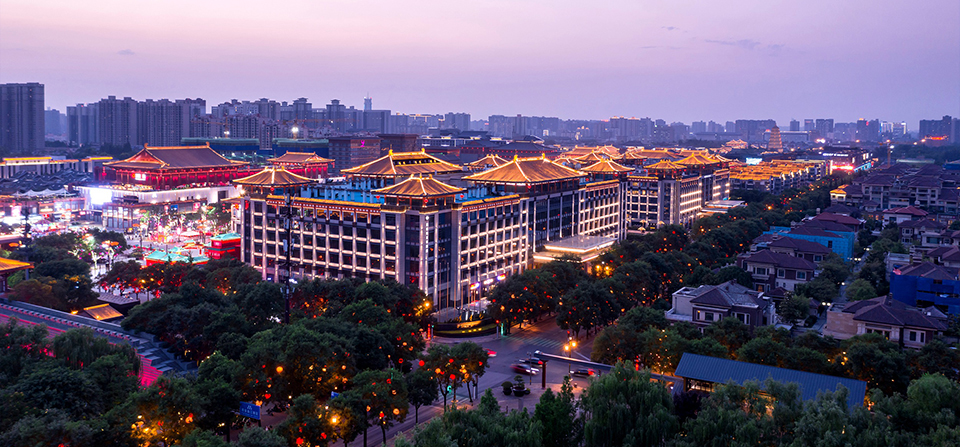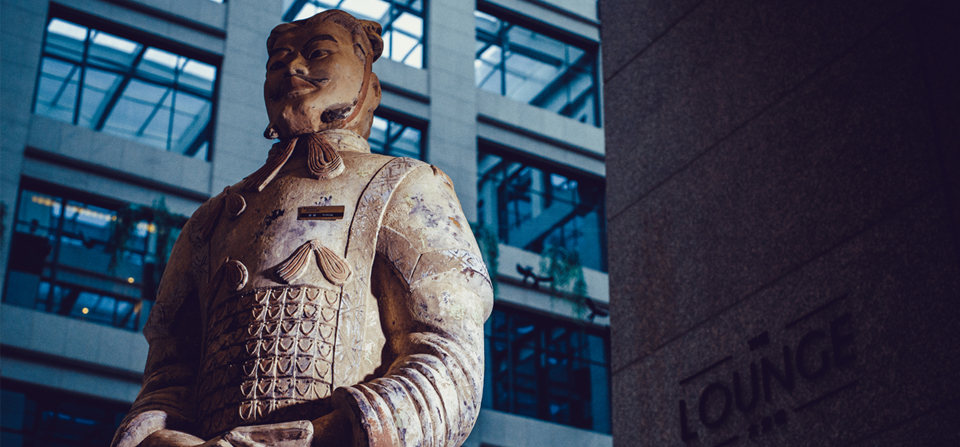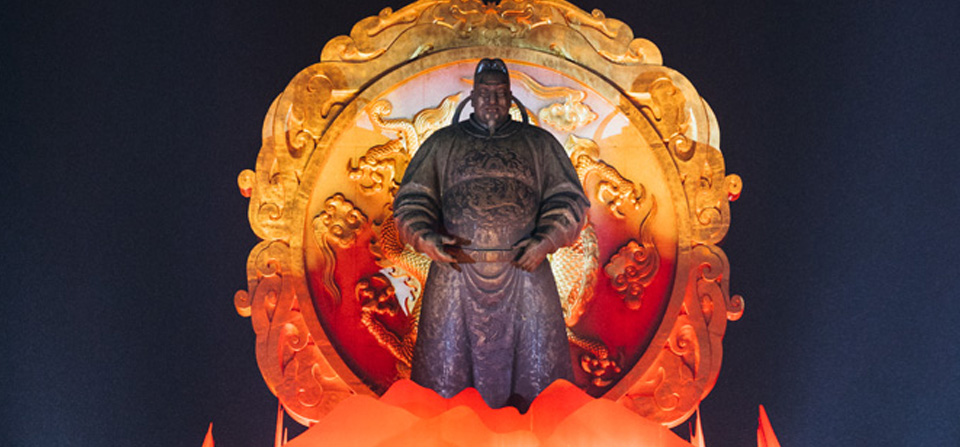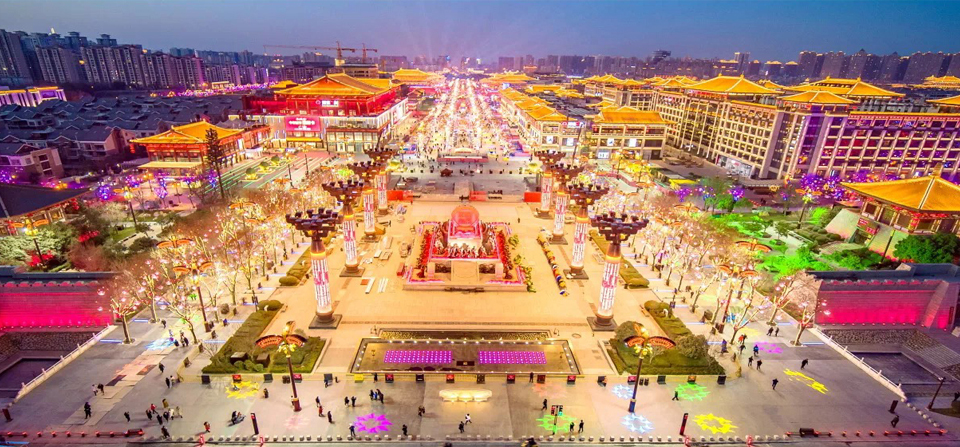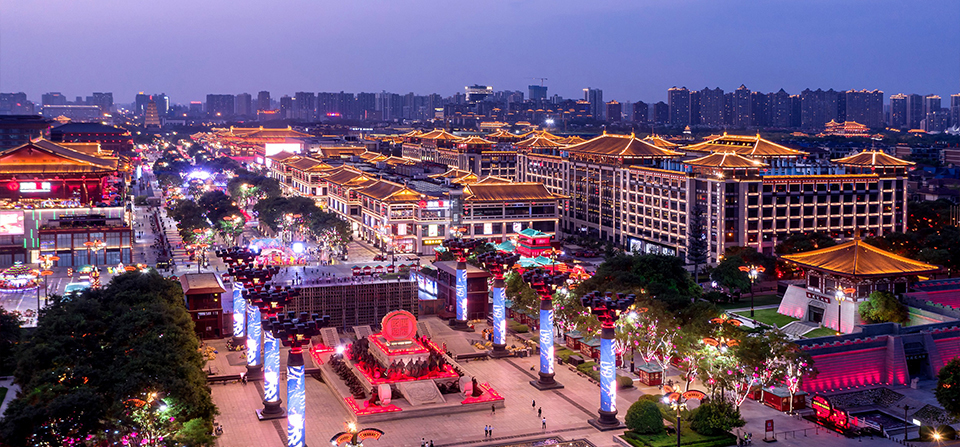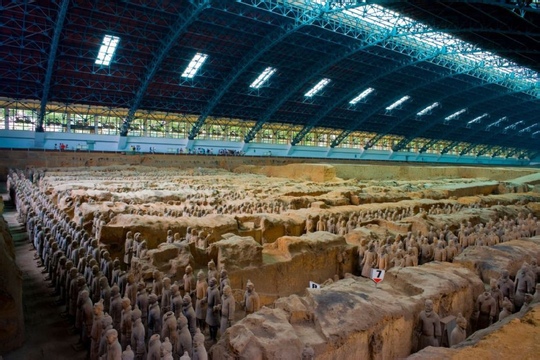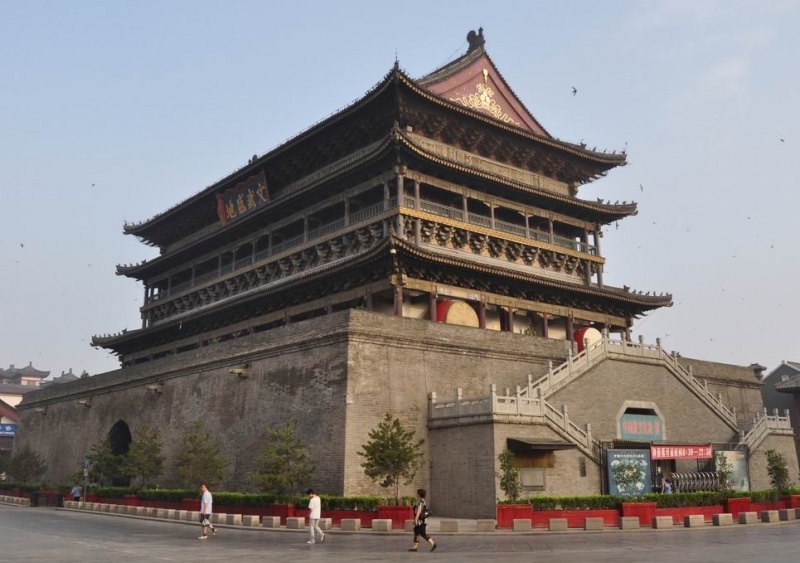The Bell Tower is a classical building with carved beams and painted rafters. It stands in the center of the downtown area where the North Street, the South Street, the East Street and the West Street meet. It houses a huge bell which was originally used to strike time every morning in ancient times. Ever since its establishment, it has become the symbol of Xi'an.
The Bell Tower was first built in the Yingxiang Temple in 1384, which used to mark the center of the city. It was moved to its present site in 1582 as a result of the city's expansion program.
In 1974, The Terra-cotta Warriors were discovered at the eastern side of the Qin Shi Huang Mausoleum. This discovery shocked the world, and it is said Terra-cotta Warriors are one of the greatest archaeological discoveries of the 20th century, and it is known as the eighth wonder of the world. It has a high artistic value. Terra-cotta pits have been found and the total area of the Terra-cotta Warriors is about 20,000 square meters. It’s considered one of the wonders in the ancient history of sculpture.
About 500 meters northwest of the Bell Tower stands another magnificent building, the Drum Tower. It was built in 1380, four years earlier than the Bell Tower. There used to be a huge drum in the tower which told the time at dusk; hence, its name the Drum Tower. The bell in the Bell Tower and the drum in the Drum Tower have been referred to as “the Morning Bell” and “the Dusk Drum”. Later, the drum was no longer used to tell time but only to give warnings in times of war.
Situated in the Da Ci'en Temple, about four kilometers from the urban center, the Dayan Pagoda (also called Da Ci'en Temple Pagoda) is one of the famous Buddhist pagodas in China. The five-story pagoda, 60 meters high, was brought into completion in 652 A.D.. However, the winds of war in the years to come brought the pagoda almost to ruins, which in turn resulted in the construction of a seven-storey structure with a height of 64 meters. The pagoda is characterized by its towering height, structural compactness, imposing appearance and unaffected style. It is indeed a good reflection of people's wisdom and talent in ancient China.
The forest of Stone Tablets Museum, a courtyard-styled structure, is situated on the site of the Confucian Temple on Sanxue Street, Xi'an. It served as the Imperial Ancestral Temple in the Tang Dynasty, and later became the Confucian Temple in the Song Dynasty. In 1950, it was extended into the museum that greets us today. One many wonder why its two gates are facing east and west respectively instead of facing south as most of the traditional ones. As a matter of fact, all Confucian temples are opened east and west. The East Gate is referred to as the Gate of Courtesy, while the West Gate, the Gate of Righteousness.



